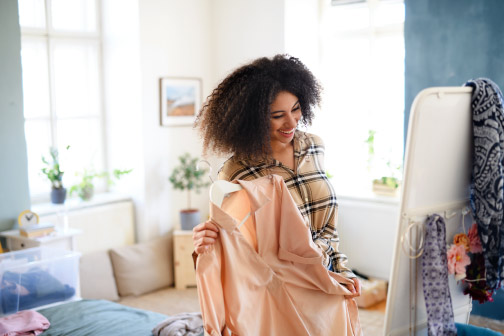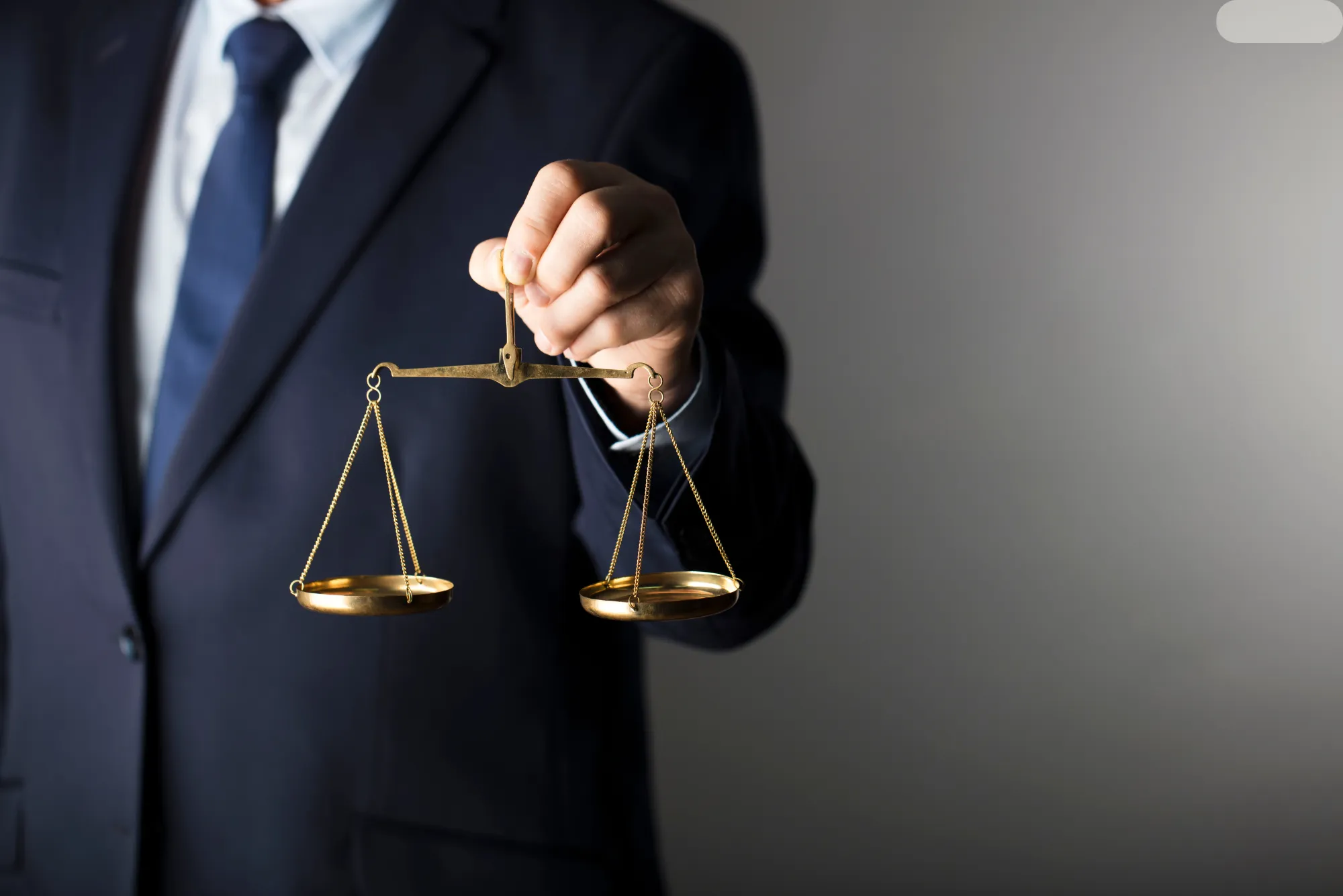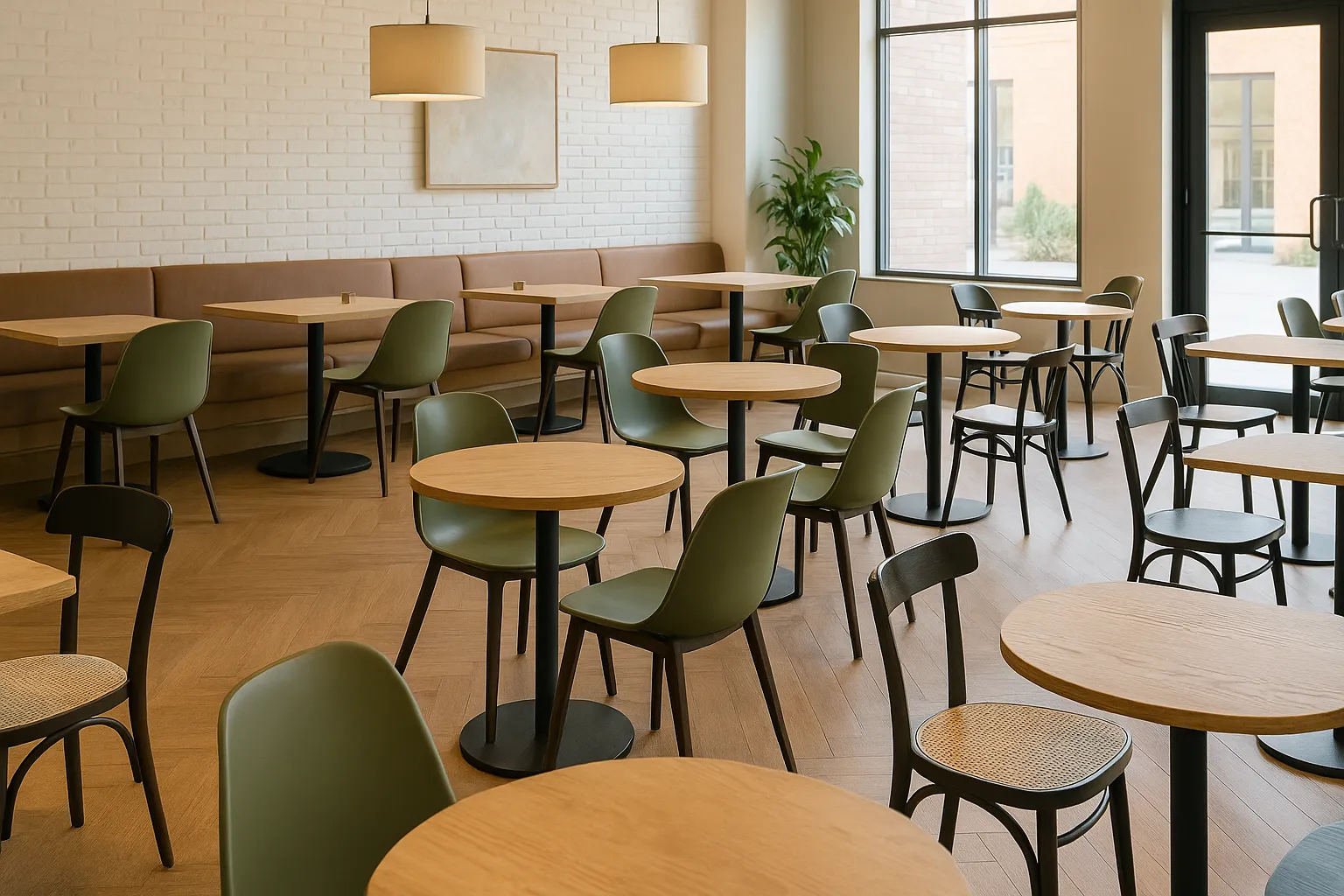Fashion and beauty have always played a significant role in how individuals present themselves to the world. Clothing and beauty are more than just external aspects; they define personal identity, cultural values, and social trends. Over time, clothing and beauty have evolved, influenced by technology, media, and cultural shifts. This article explores how clothing and beauty are deeply intertwined with one’s self-expression, and how fashion and beauty industries impact everyday lives.
The Power of Fashion in Self-Expression

Fashion is a form of communication. The way we dress reflects our personalities, emotions, and even our professions. It has been a significant form of identity since ancient times. From royal garments to modern streetwear, fashion helps in conveying who we are. People use fashion to differentiate themselves or blend in, depending on the occasion.
The fashion industry today is more diverse than ever, with global influences and trends accessible to all. Clothing and beauty brands aim to cater to a variety of audiences, offering styles that reflect individual preferences. Whether someone prefers classic outfits or follows the latest trends, fashion is a medium for people to express themselves.
Moreover, fashion helps break barriers. It unites different cultures, creating a global fashion movement. Through clothing and beauty, people showcase their cultural heritage, and fashion designers incorporate these elements to celebrate diversity.
The Evolution of Beauty Standards
Beauty standards have significantly evolved. In earlier centuries, beauty was often tied to social class and wealth. For instance, fair skin was seen as a sign of wealth, while today, beauty standards are more inclusive, celebrating all skin tones, body types, and hair textures.
The rise of social media has democratized beauty. Influencers, models, and everyday people have platforms where they can showcase their take on beauty. As a result, beauty brands are also expanding their range to include all individuals, ensuring everyone feels represented. The trend towards natural beauty, sustainability, and cruelty-free products is part of the clothing and beauty industry’s evolution.
Clothing and Beauty: The Impact of Social Media
Social media platforms such as Instagram and TikTok have reshaped the clothing and beauty industries. They have become the go-to spaces for fashion inspiration and beauty tips. From influencers sharing their daily outfits to beauty gurus demonstrating makeup tutorials, these platforms have created a direct link between brands and consumers.
In the past, magazines and fashion shows were the primary sources for fashion trends. Today, a single Instagram post from a fashion influencer can start a global trend. Brands have capitalized on this shift, partnering with influencers to promote their clothing and beauty lines.
Beauty brands have also tapped into this trend, launching products based on real-time consumer demands. Social media has empowered consumers, allowing them to dictate trends rather than being passive recipients. Brands that are quick to respond to these trends benefit from increased visibility and sales.
Sustainability in Clothing and Beauty
The growing concern for the environment has impacted the clothing and beauty industries. Sustainable fashion, often referred to as “slow fashion,” is gaining traction. Consumers are now more mindful of where their clothes come from and how they are made. Ethical fashion brands focus on reducing waste, using eco-friendly materials, and ensuring fair labor practices.
Similarly, beauty brands are adopting eco-friendly practices. Many companies are reducing plastic packaging, opting for biodegradable options, and creating formulas that do not harm the environment. The push towards cruelty-free and vegan beauty products reflects this shift, as consumers demand transparency and sustainability from brands.
Fashion and Beauty’s Role in Mental Health
The way we dress and present ourselves has a significant effect on our mental health. Studies have shown that people who dress confidently are more likely to feel good about themselves. Clothing and beauty routines act as forms of self-care, allowing individuals to feel empowered and express themselves creatively.
Fashion and beauty rituals can be therapeutic. Whether it’s putting on a favorite outfit or experimenting with makeup, these activities provide a sense of control and creativity. As mental health awareness grows, more brands are incorporating self-care messages into their marketing, encouraging customers to embrace beauty and fashion as tools for well-being.
The Business of Clothing and Beauty
The clothing and beauty industries are two of the most lucrative markets globally. Fashion is a trillion-dollar industry, with fast fashion brands like Zara and H&M making fashion accessible to the masses. On the other hand, luxury fashion houses like Gucci, Louis Vuitton, and Chanel remain timeless icons in the industry.
Similarly, the beauty industry continues to thrive, with skincare, makeup, and haircare products driving its growth. Major brands like L’Oréal, Estée Lauder, and Fenty Beauty lead the market, while smaller, independent brands are gaining popularity for their unique products and ethical practices.
Brands are continuously innovating, combining clothing and beauty to create a cohesive image. For instance, many fashion designers are now launching their beauty lines, offering consumers a full package of style and skincare.
Future Trends in Clothing and Beauty
The future of clothing and beauty will likely continue to be shaped by technological advancements and consumer demands. Virtual fashion shows, digital influencers, and AI-driven skincare are all possibilities. As the lines between physical and digital worlds blur, fashion and beauty will adapt, offering immersive experiences for consumers.
Moreover, inclusivity will continue to be a driving force. Brands will need to cater to diverse audiences, creating products that resonate with people from all walks of life. Sustainability will also remain a critical concern, with consumers demanding more environmentally conscious options in both clothing and beauty.
Clothing and beauty are far more than mere industries; they are essential elements of self-expression, cultural identity, and mental well-being. As these industries evolve, they continue to reflect societal changes, embracing diversity, sustainability, and innovation. Whether through a fashion statement or a skincare routine, people around the world use clothing and beauty to define who they are and how they want to be seen. The future of these industries promises to be exciting, with new trends, technologies, and movements shaping their path forward.
Table: Key Aspects of Clothing and Beauty
| Aspect | Impact |
|---|---|
| Self-expression | Clothing reflects personal identity and emotions. |
| Cultural Influence | Fashion unites different cultures, showcasing heritage and traditions. |
| Social Media | Platforms like Instagram influence global trends and provide direct access to consumers. |
| Sustainability | Increasing focus on eco-friendly fashion and beauty products. |
| Mental Health | Dressing well and beauty routines can improve mental well-being and boost confidence. |
| Inclusivity | Brands are embracing diversity, catering to different skin tones, body types, and personal styles. |
| Technological Advancements | AI-driven skincare and virtual fashion shows are transforming the industry. |



